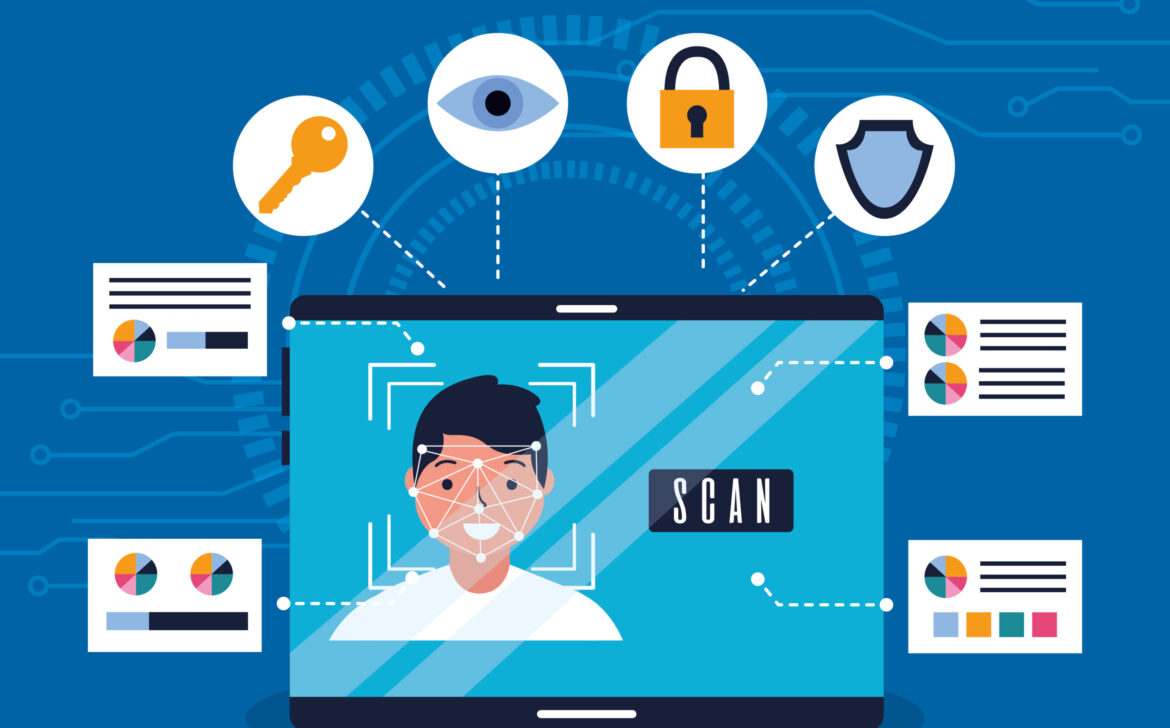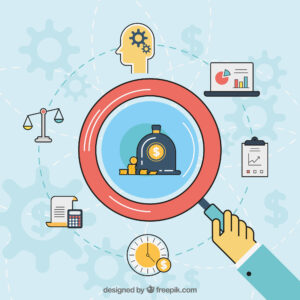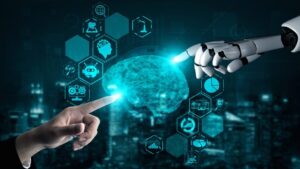Social Commerce Shopping Experience: Transforming the Way We Shop
Introduction
The social commerce shopping experience is revolutionizing the way we shop online. By seamlessly blending social media and e-commerce, it creates an interactive, engaging, and personalized shopping experience. As social media platforms evolve, they increasingly incorporate shopping features, making it easier for users to discover and purchase products directly through their favorite apps. This shift is reshaping the retail landscape and offering new opportunities for brands and consumers alike.
What is Social Commerce?
Social commerce is the use of social media platforms to promote and sell products and services. It leverages the power of social networks to drive online sales and enhance the shopping experience. Unlike traditional e-commerce, which typically involves visiting a website or app to make purchases, social commerce allows users to buy products directly within social media platforms such as Instagram, Facebook, TikTok, and Pinterest.
The Evolution of the Social Commerce Shopping Experience
The idea of social commerce shopping experience is not new. It has been evolving for over a decade, with early examples like the “Buy” buttons on Facebook and Twitter. However, recent advancements in social media technology and user behavior have significantly accelerated its growth. Today, social commerce includes activities like shoppable posts, live streaming commerce, influencer marketing, and user-generated content.
For more on the history and development of e-commerce, check out our detailed guide on e-commerce evolution.
Key Features of the Social Commerce Shopping Experience
Shoppable Posts
These posts let users buy products directly from their social media feeds. Platforms like Instagram and Facebook have integrated shopping features that allow brands to tag products in their posts, making it easy for users to click and buy without leaving the app.
Live Streaming Commerce
Live streaming has become a powerful tool for social commerce shopping experience. Influencers and brands host live sessions to showcase products, answer questions, and provide real-time demonstrations. Viewers can purchase products directly from the live stream, creating an interactive and engaging shopping experience.
Influencer Marketing
Influencers play a crucial role in social commerce by promoting products to their followers. Their endorsements and reviews can significantly impact purchasing decisions, as followers trust their opinions and recommendations.
Learn how to leverage influencer marketing effectively in our comprehensive guide.
User-Generated Content
Social commerce thrives on user-generated content, such as reviews, testimonials, and photos of customers using products. This content adds authenticity and social proof, encouraging others to make purchases.
Benefits of the Social Commerce Shopping Experience
Seamless Shopping Experience
Social commerce simplifies the shopping process by allowing users to browse and buy products within their favorite social media apps. This convenience leads to higher conversion rates and a more enjoyable shopping experience.
Enhanced Discoverability
Social media algorithms and features like hashtags and explore pages help users discover new products and brands. This increased visibility can drive traffic and sales for businesses.
Explore how to improve your social media strategy in our article on boosting social media visibility.
Personalized Recommendations
Social media platforms use data and algorithms to provide personalized product recommendations based on users’ interests and behaviors. This personalization enhances the shopping experience and increases the likelihood of purchase.
Community Engagement
Social commerce fosters a sense of community by encouraging interactions between brands and consumers. Users can comment, share, and engage with products, creating a more interactive and engaging shopping experience.
Challenges and Considerations in Social Commerce
While social commerce offers many benefits, it also presents some challenges. Brands must navigate issues related to data privacy, platform dependence, and maintaining authenticity. It’s essential to balance promotional content with genuine engagement to avoid overwhelming users with advertisements.
For insights into overcoming these challenges, read our post on navigating social commerce challenges.
Future Trends in Social Commerce Shopping Experience
Augmented Reality (AR)
AR technology is set to play a significant role in social commerce, allowing users to virtually try on products before making a purchase. This immersive experience can reduce returns and increase customer satisfaction.
Artificial Intelligence (AI)
AI-powered chatbots and virtual assistants can provide personalized shopping experiences, answering queries and offering product recommendations in real-time.
Social Commerce Platforms
Dedicated social commerce platforms and marketplaces are emerging, offering tailored solutions for businesses looking to leverage the power of social media for sales.
Sustainability and Ethical Shopping
Consumers are increasingly concerned about sustainability and ethical practices. Brands that prioritize these values in their social commerce strategies can attract and retain a loyal customer base.
Conclusion
The social commerce shopping experience is transforming the way we shop by combining the power of social media with the convenience of online shopping. As technology continues to evolve, the possibilities for social commerce are endless. Brands that embrace this trend and leverage its features can create engaging, personalized, and seamless shopping experiences that drive sales and build lasting customer relationships. By staying ahead of the curve and adapting to the changing landscape, businesses can capitalize on the immense potential of social commerce and thrive in the digital age.

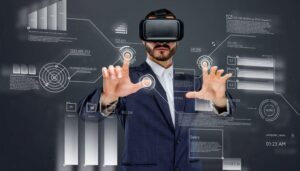

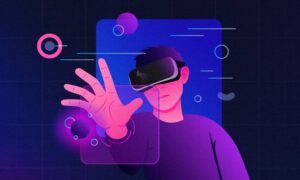

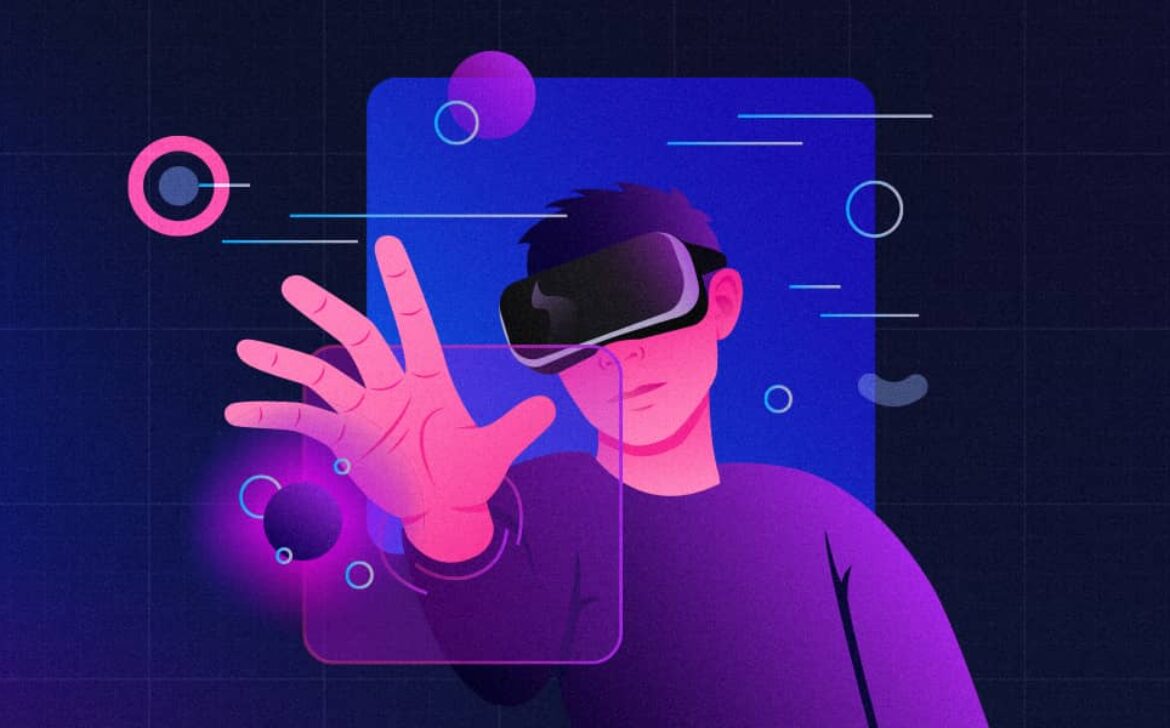
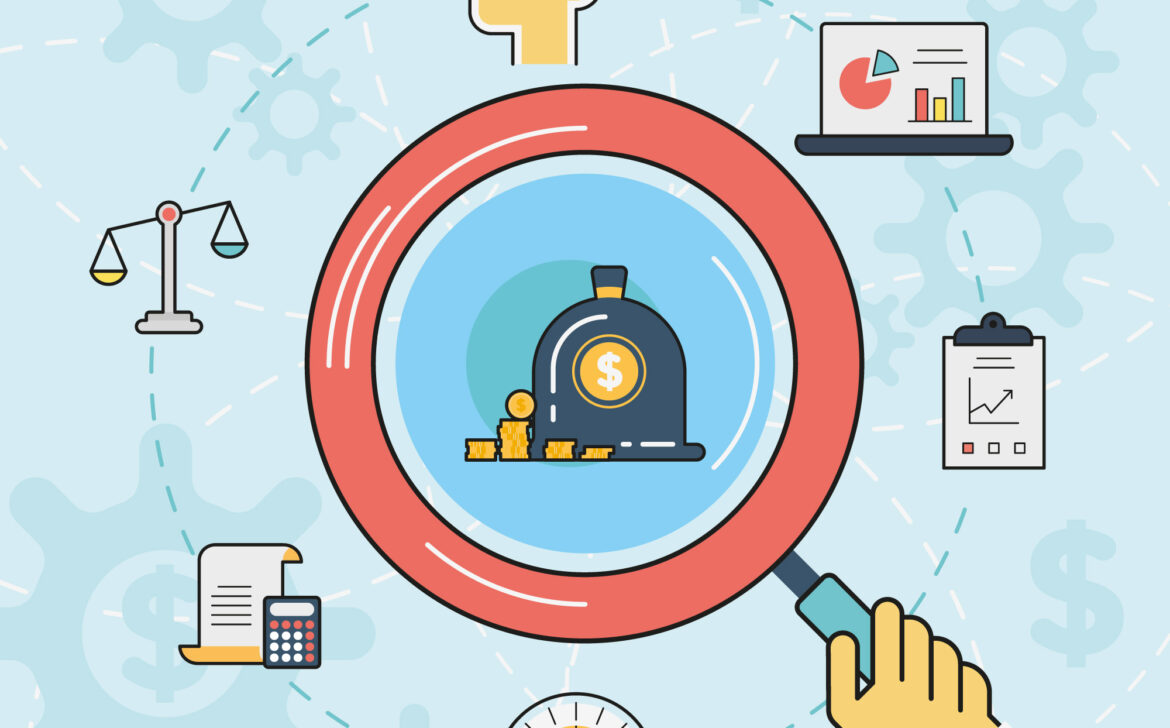


 Life of various people
Life of various people


